
GUEST BLOGGER DR. LAURA GEHL
Who Is a Scientist? is about showing students that scientists are real people, just like them. The book profiles 14 scientists of different genders, races, ethnicities, ages, religions, and backgrounds. The photos show each scientist both at work and at play.
Why is it important to show students that scientists are real people?
The more students can see scientists as real people just like them, the more they will see “scientist” as an approachable career path.
By seeing that scientists:
- Study just about everything…from the human body to the stars to dinosaurs to bugs to submarines…students will understand that becoming a scientist is one way they could learn more about the topics that interest them—whatever those topics might be.
- Don’t fit into any one box…that scientists can wear a hijab or have tattoos or put on bright red lipstick or use forearm crutches in the field…students will see that there is no box they would need to fit into in order to be a scientist.
- Have many of the same hobbies and passions as kids, from dancing and soccer to eating junk food and playing with pets, students will realize that there is nothing so different between themselves and professional scientists. Students will understand that if they just keep asking questions and learning, they can become scientists too.
Activity 1: Compare and contrast
Each student will choose two scientists to compare and contrast. What do the scientists study? Where do they work? What hobbies do they enjoy outside of science? Students can either choose two scientists from the book Who Is a Scientist? or research other scientists online.
Students will make a Venn Diagram showing the differences between their two chosen scientists, and what the two have in common.
Activity 2: Make class lists
Help your students compile three lists based on all of the scientists they chose to compare and contrast.
- Different topics of study
- The places they work
- Different interests they have in addition to science
Now that your students see how different scientists can be from one another, ask your students what they think ALL scientists around the world have in common. Scientists do not all share the same background or the same language. What do they share? Possible answers might include curiosity, a desire to answer questions, or the willingness to work hard.
Activity 3: Vocabulary building
There are so many branches of science, and scientists who work in different fields have different titles that are fun for students to learn.
Challenge your students to either research or guess what each of these scientists might study.
Easier:
- Oceanographer (Answer: oceans)
- Zoologist (Answer: animals)
- Microbiologist (Answer: microscopic plants and animals)
- Volcanologist (Answer: volcanoes)
Harder:
- Seismologist (Answer: earthquakes)
- Cytologist (Answer: cells)
- Hydrologist (Answer: water)
- Petrologist (Answer: rocks. Petrology is a branch of geology.)
Activity 4: Brainstorming research questions like scientists
Ask students to use the flow chart from Who Is a Scientist? to see which type of scientist they might want to be. Now ask them to think of a research question they might want to ask as that type of scientist. How would they go about finding the answer to their question?
A sample research question for a botanist might be, “Do tulips grow better in the shade or in the sun?” One way to find out the answer would be to plant 100 tulip bulbs in 10 different sunny locations and 100 tulip bulbs in 10 different shady locations and then observe what happens (How many tulips grow in each location? How tall do they grow? How long do they live?).
Activity 5: Designing inventions
Some scientists are also inventors, like Tara Astigarraga. Tara has invented many new kinds of computer programs. Ask students, “If you were an inventor, what might you want to invent?” Have students write about the invention they would like to make, or draw a picture.
Further resources:
- Show your students the Who Is a Scientist? Book Trailer
- Download the Who Is a Scientist? Educator’s Guide
Dr. Laura Gehl holds a B.A. in psychology from Yale University and a Ph.D. in neuroscience from Georgetown. She has nearly twenty years of experience teaching and writing about science for preschool, elementary, middle, and high school students. Many of Laura’s two dozen books for young readers have scientific themes, including Always Looking Up: Nancy Grace Roman, Astronomer; the Baby Scientist series; and I Got A Chicken For My Birthday, which features a brilliant engineering chicken. Laura is a frequent presenter at schools, libraries, and community centers, bringing elements of math, science, and engineering into her interactive presentations. Visit her online at www.lauragehl.com and follow her @AuthorLauraGehl on twitter and Instagram.


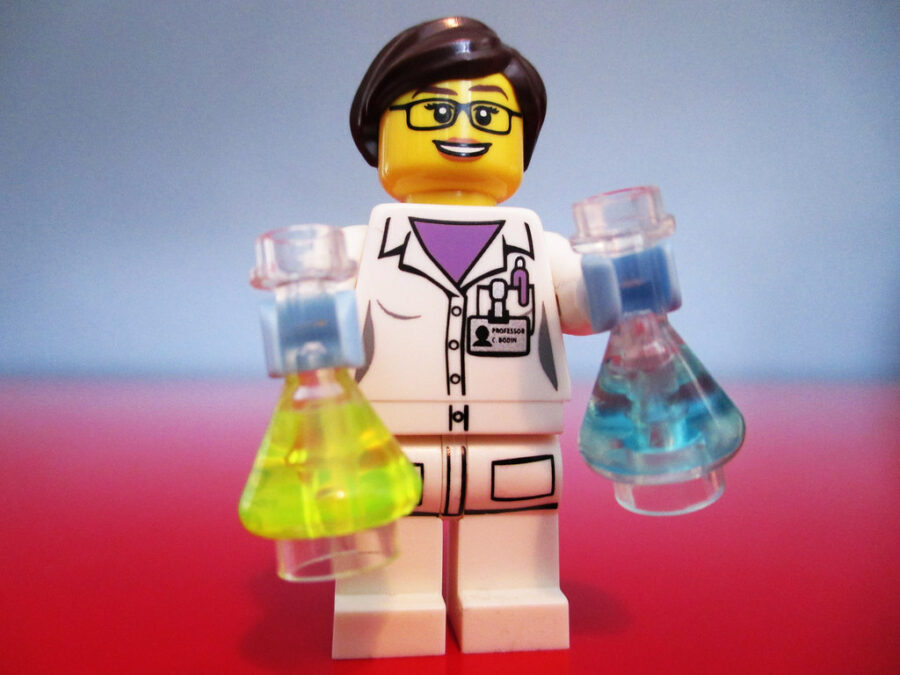
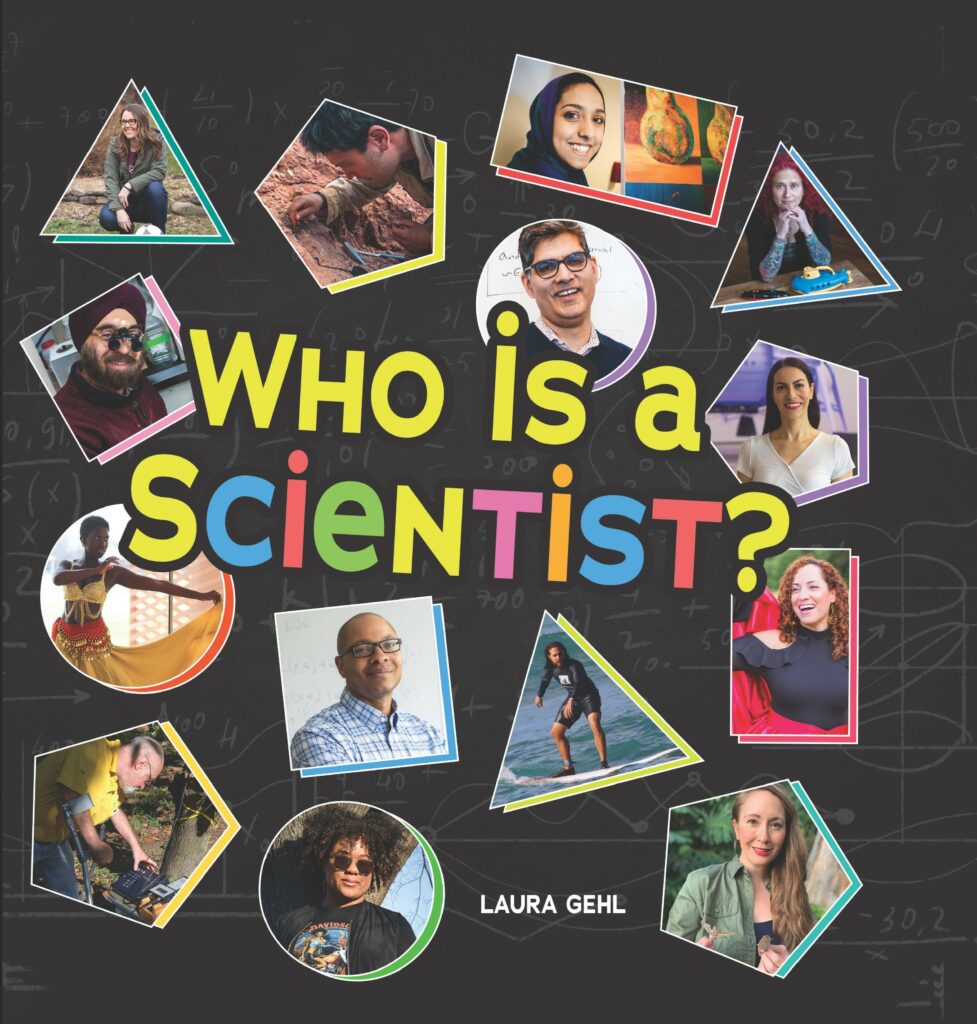
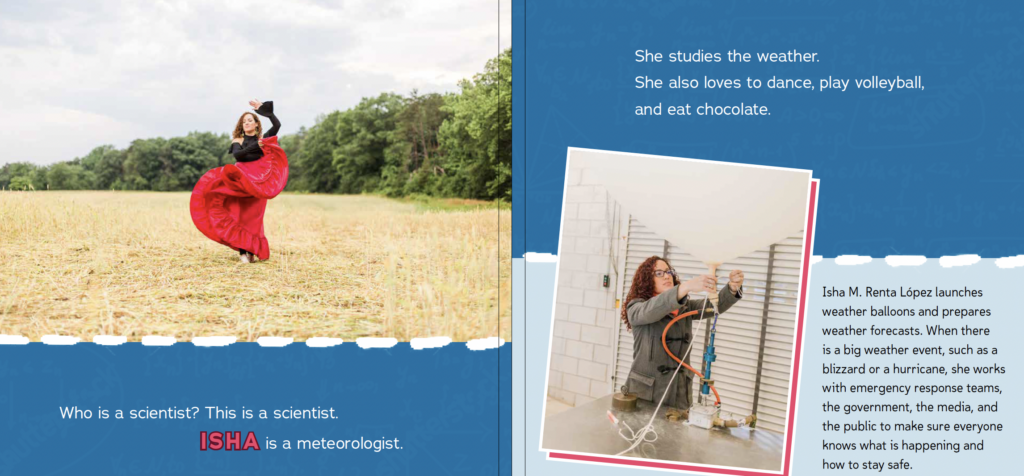
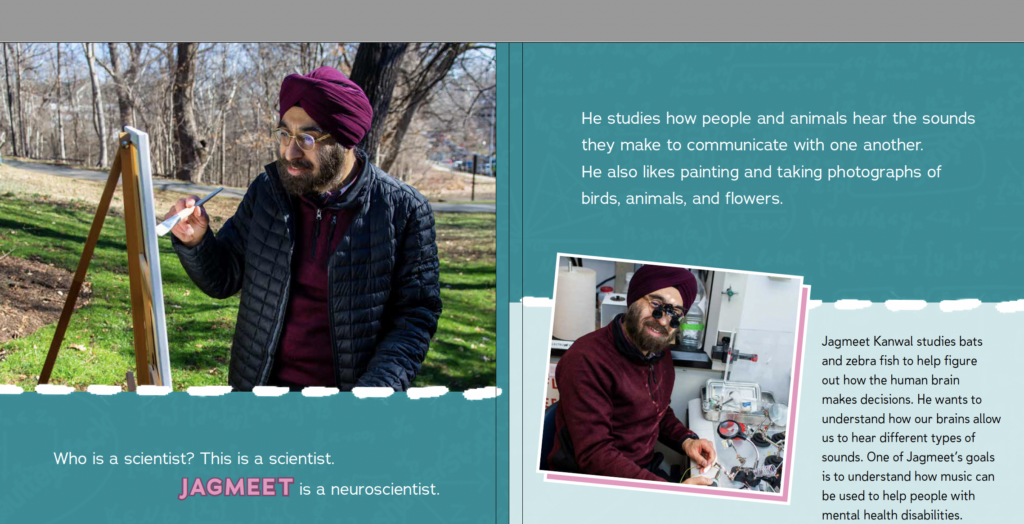

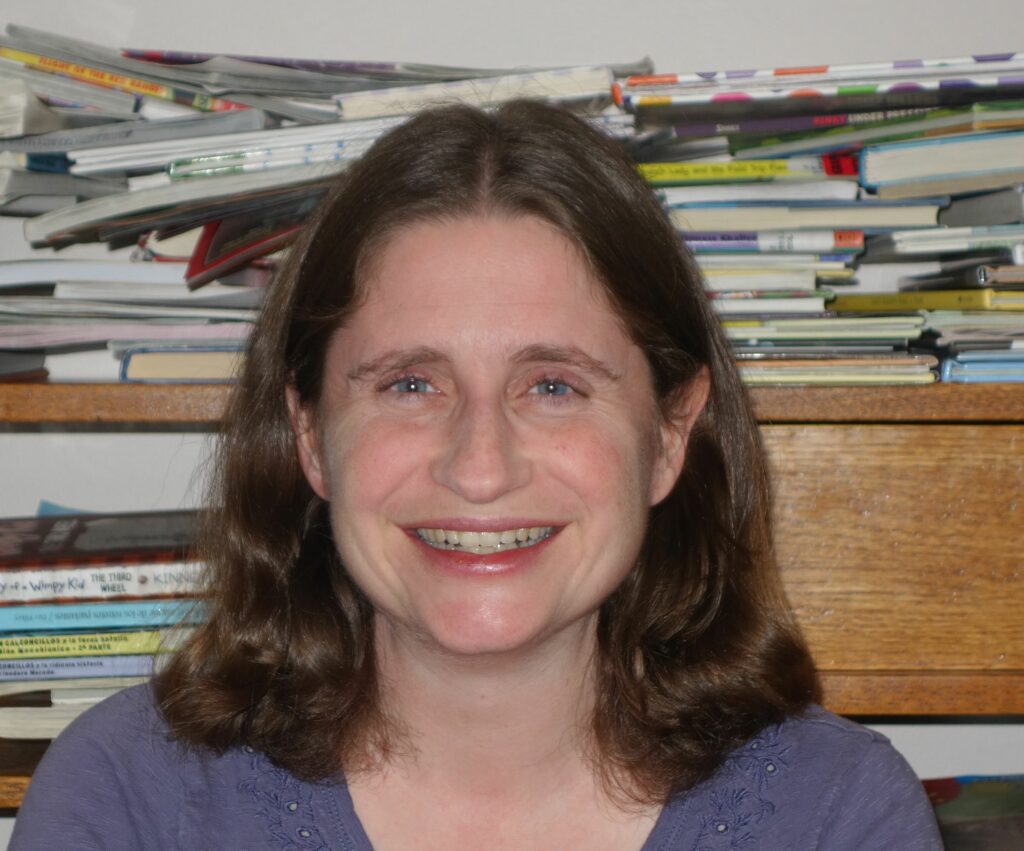
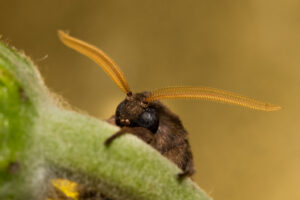
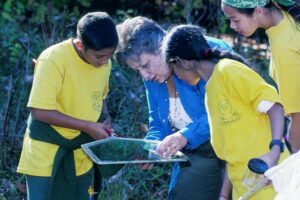
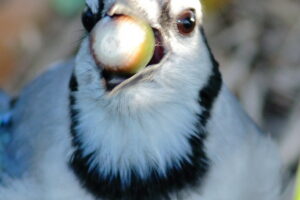


Leave a Reply
Your email is safe with me.